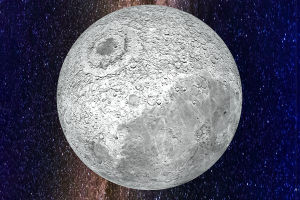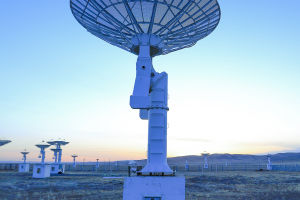Imagine a world without instant calls to loved ones overseas, live sports broadcasts beamed from across the globe, or even accurate weather forecasts.
Believe it or not, that was reality not too long ago!
Today, these marvels of modern life, and countless others are thanks to a network of human-made objects silently zipping around our planet: artificial satellites. These incredible machines have become an invisible but essential part of our daily lives.
Revolutionizing Our World
Global Communications: Satellites act as powerful relays, bouncing our phone calls, television signals, and internet data across vast distances. This allows for instant communication, no matter how far apart we are.
Think about that video call with family overseas, or that live stream of a breaking news story happening on another continent – both made possible by the magic of satellites!
Navigation and Transportation: Ever hopped in your car and used a ride-sharing app to navigate the city? Or maybe you've relied on GPS to guide you on a hike or bike ride? The secret sauce behind these helpful tools is satellite technology.
The Global Positioning System (GPS) uses a network of satellites to pinpoint your location with incredible accuracy. This has revolutionized transportation and logistics, making deliveries faster, navigation safer, and getting lost a thing of the past.
Weather Watchers in Space: Satellites aren't just about communication and getting us from point A to B. They also play a vital role in keeping us safe by monitoring the Earth's weather patterns. Think of them as giant eyes in the sky, constantly observing our atmosphere, oceans, and landmasses.
This data helps meteorologists predict weather patterns, track severe storms, and issue timely warnings. Satellites are essential for disaster preparedness and response, helping us stay a step ahead of Mother Nature's fury.
Beyond Earth's Horizon
Scientific Research and Exploration: Satellites aren't confined to Earth's orbit. They've become our robotic ambassadors, venturing out to explore the vast expanse of space.
These scientific marvels allow us to study distant planets, stars, and galaxies, unlocking the mysteries of the cosmos. Closer to home, Earth observation satellites provide valuable data on everything from deforestation to urban development, informing critical decisions about our planet's health.
The Future is Bright
Smaller, Faster, Better: As technology continues to evolve, so too do satellites. Miniaturization has led to the development of smaller, more cost-effective satellites. This "democratization" of space technology is opening doors for new applications, from monitoring agricultural crops to managing disaster zones, and even planning sustainable cities.
A Booming Business: The satellite industry is a major economic driver, creating jobs and spurring innovation across the globe. From the companies that manufacture satellites to the ones that launch them and analyze the data they collect, the space sector contributes billions of dollars to the global economy every year.
Challenges for the Future: With the increasing number of satellites orbiting Earth, there's a growing concern about space debris. Collisions between objects in space could create a cascading effect, making it even more difficult to navigate the cosmos safely. The international space community is working on solutions to mitigate these risks and ensure the sustainable use of Earth's orbital space.
So Lykkers, the next time you make a video call, check the weather forecast, or use your GPS, take a moment to appreciate the silent heroes orbiting above – our amazing artificial satellites!


